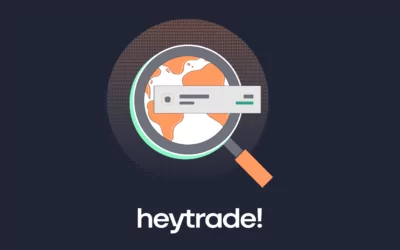The price to pay for trading with “commission-free” brokers

The PFOF controversy has highlighted the importance of transparency among new investment platforms.
The European Securities and Markets Authority (ESMA) issued a statement on July 13 that questions the ethics and transparency of the business model of several investment platforms. The document warns of the risks arising from the receipt of Payment for Order Flow (PFOF) and certain practices of “commission-free” brokers.
What Is Payment for Order Flow?
Broadly speaking, the receipt of PFOF can be defined as the compensation and benefit a brokerage firm receives for directing orders to different parties (market makers) for trade execution. In other words, the broker acts as an intermediary and receives payment in exchange for directing an order to a third party for execution.
This type of exchange can lead to a number of investor protection problems. Especially if the conditions under which it is carried out violate the Markets in Financial Instruments Directive II (MiFID II). MiFID II regulates the provision of investment services and therefore directly affects the way in which investment firms inform, advise or sell financial products to their clients.
At HeyTrade we do not make any profit by directing client orders to a specific trading venue. We would never enter into a conflict of interest that could be detrimental to our customers.
The risks of “commission-free” brokers
In its statement, ESMA questions whether the receipt of PFOFs by third-party firms is actually compatible with MiFID II, and warns firms and traders of the risks of investing with certain “commission-free” brokers operating in EU member states.
In particular, the receipt of PFOFs conflicts with a number of key MiFID II obligations aimed at ensuring that brokers always act in the best interests of their clients when executing their orders.
PFOFs are the basis of the business model of popular “commission-free” trading platforms in the United States, where red flags have also been raised. In June, the new chairman of the US Securities and Exchange Commission, Gary Gensler, wondered at a press conference: “Payment for order flow raises a number of important questions. Do broker-dealers have inherent conflicts of interest? If so, are customers getting best execution in the context of that conflict? Are broker-dealers incentivized to encourage customers to trade more frequently than is in those customers’ best interest?”
Ultimately, the concern is that this type of compensation will deter brokers from obtaining best terms to execute their clients’ orders. Especially in cases where these exchanges are vital to the survival of the trading company.
What is HeyTrade’s stance?
At HeyTrade we do not make any profit by directing client orders to a specific trading venue. Full transparency is a cornerstone of our company, and we would never enter into a conflict of interest that could be detrimental to our customers and jeopardize the trust they have placed in us.
HeyTrade’s revenue comes from two sources: currency exchange commissions and commissions per trade. That’s all. You can check the details of our fees here. Our goal is to grow by providing valuable products to our customers, and progressively expand our offering. We are committed to improving people’s relationship with their money, and we will do so by delivering a straightforward, easy and secure platform to access global financial markets.



